Table of Contents
Ticks are a common problem for dogs and their owners, especially when your pet spends a lot of time outside, running in tall grass.
While there are many products you can use to prevent and treat ticks on dogs, it's good to know what a tick looks ok like on a dog by investigating tick-on-dog pictures and how to remove it promptly and adequately.
In this article, we will talk about what a tick looks like on a dog, how they transmit disease, the tick-borne illnesses they can contract, and what tick-control products you should invest in.

What are ticks, and what do they look like
Ticks are tiny, spider-like parasites with eight legs. They live in areas with long grass and woodlands.
They stick to animals and humans and suck their blood. They only detach from their host once complete, which usually takes multiple days.
Here are pictures of what a tick looks like on a dog:
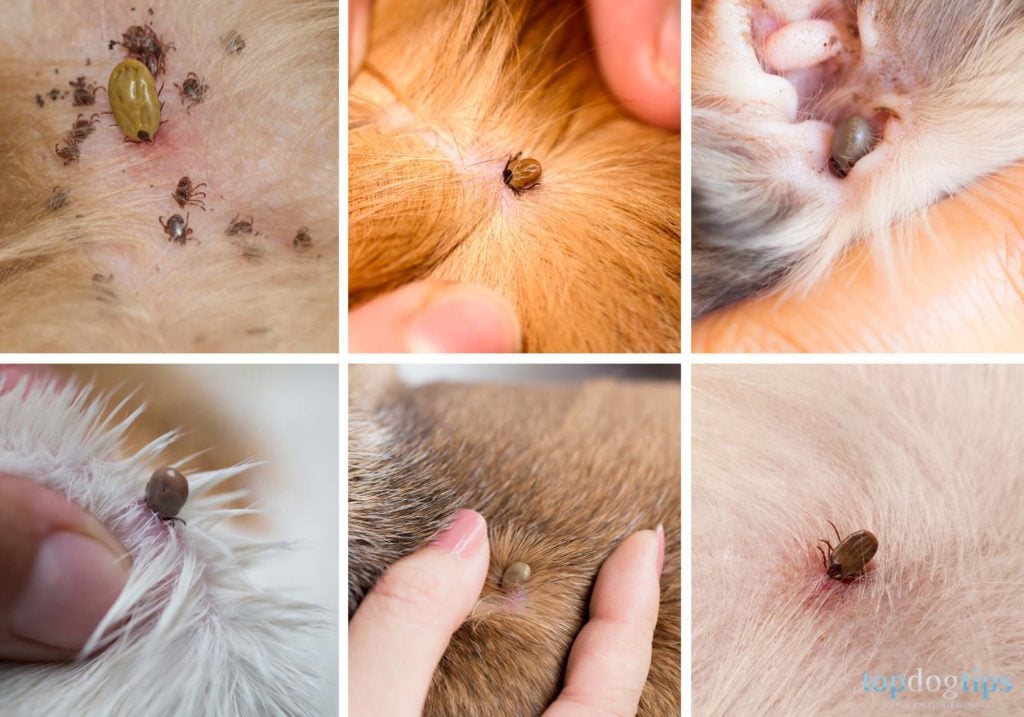
Ticks can spread many diseases by transmitting microbes and bacteria when they bite their host.
The most dangerous and well-known tick-borne disease is Lyme disease.
They also cause irritation, infection, and inflammation on the part of the dog's body where they feed.
As you can see in the above tick on dog pictures, they are brown and tiny before they feed and become grey and enlarged after eating.
Here's what a dog tick looks like before and after feeding:
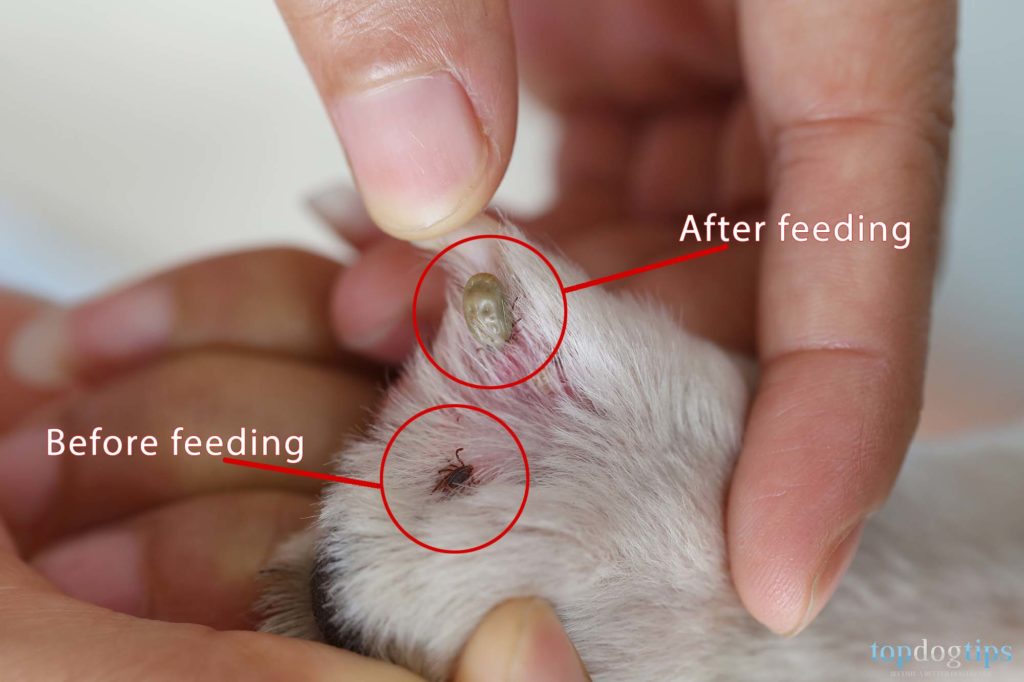
What a tick on a dog seems like BEFORE and AFTER feeding.
In the post-feeding stage, ticks can grow up to 1cm in diameter, basically the size of a Lima bean or a small coffee bean.
Hence why engorged ticks often get mistaken for a lump or skin tag.
If you are unsure, get a closer look and spot the tick's legs. If you are still unsure after a closer inspection, let your vet check the spot.
When looking for ticks, pay attention to areas around your dog's head, ears, paws, and legs.
Check your dog regularly for ticks, especially if you live in a place where they are known to be present.
Pay attention to signs that might signal that your dog has ticks, like constant head shaking or a mild fever.
Where Can A Dog Pick Up Ticks?
Dog's that roam on farmland or property with wooded areas are more at risk of picking up ticks.
As I said earlier ticks could transmit lyme disease, making them dangerous parasites for your dog.
For example, my wife and I just recently went on our honeymoon to Columbia. We stayed in an AirBnB that looked like an authentic hacienda in the coffee region of Columbia.
The owners had two dogs, and one of them had recently been bitten and was suffering from the side effects of Lyme disease.
Lyme disease transmission is a serious diagnosis because the dog could have easily died.
The poor baby had neurological issues and could not move on its own without assistance.
Most of the time, dogs tend to stay like that because owners catch it too late and later may end up dying because of complications.
During the vet visit, the doctor gave them a diagnosis of “I don't know if he will ever be the same again”, rightfully so.
They were given some veterinary medicine to treat the disease and just pray that their dog return to normal.
After following up a month or so later, fortunately, he recovered most of his mobility.
Types of Ticks on Dogs
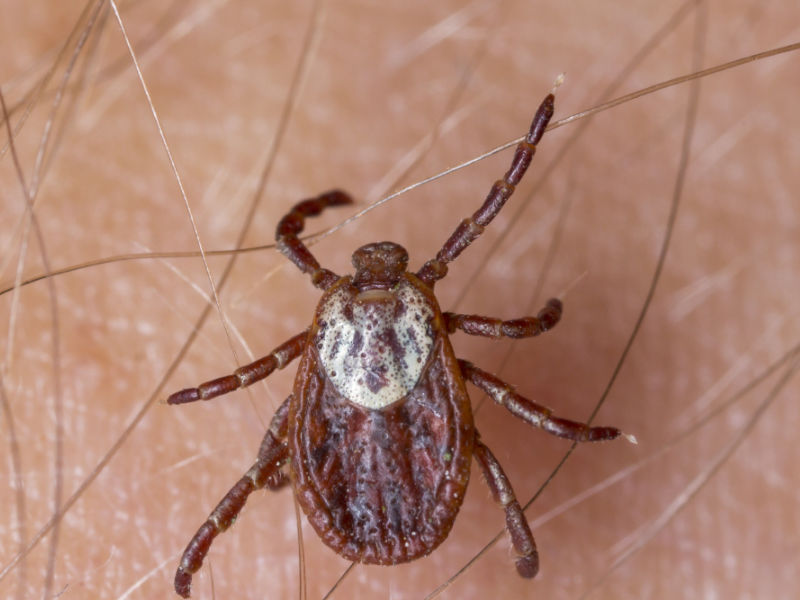
American dog ticks
These ticks are common on the eastern side of the United States.
They are oval shaped and flat.
The American dog tick is know for attaching itself to the head, neck and ears of dogs.
However, despite their name, they really only prey on smaller animals.
This includes mice, and smaller dogs. Medium to larger dogs aren't their normal MO unless they are adult ticks.
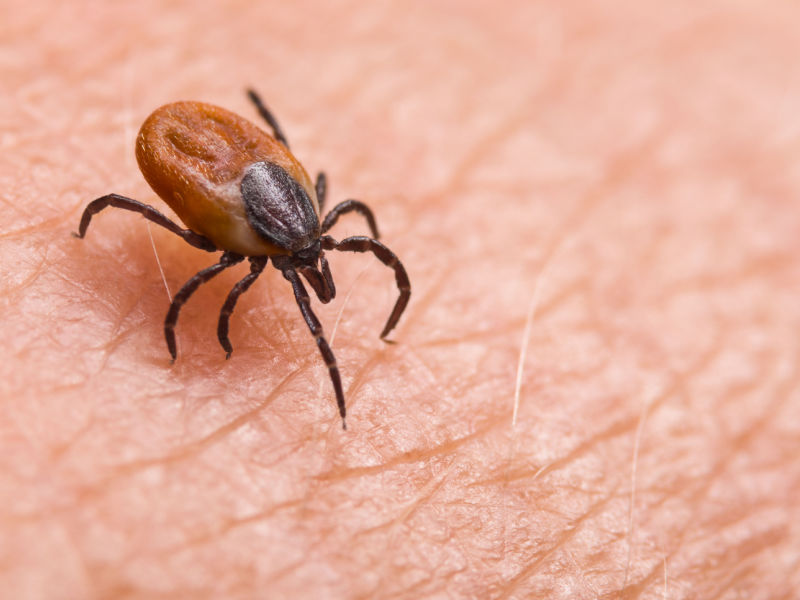
Black legged tick
This nasty species is the common engorged tick photo you see floating around the internet.
Almost looking like a moldy raisin. Ugh!
It has black legs, hence the name, it is also known as a deer tick.

Brown dog tick
These ticks are ones you definitely need to look out for. They can transmit Rocky Mountain Spotted fever to your dog.
They are found in grassy areas, as well as any local homes, grooming and boarding facilities!
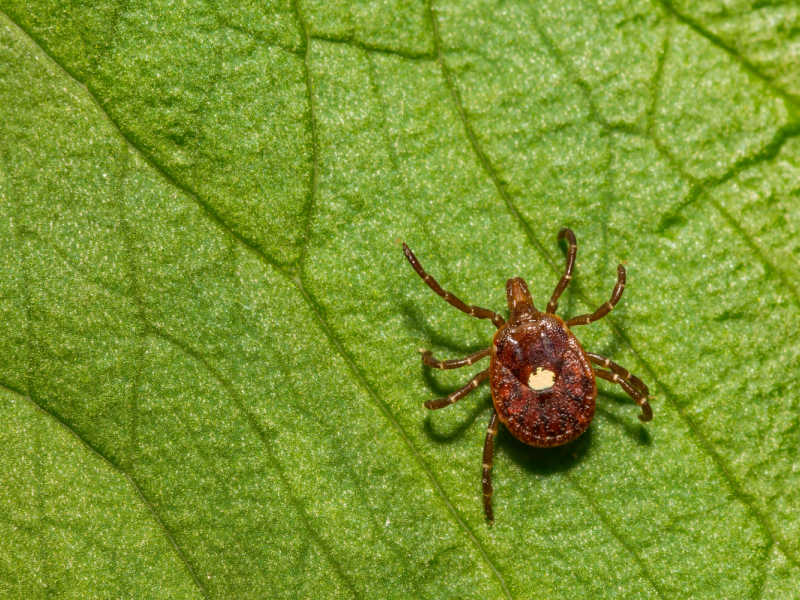
Lone star tick
These ticks live in the southeastern parts of the country including Texas.
It is known to be found around the head and neck of its prey. Sometimes around a dogs private area, and belly.
It transmits ehrlichiosis and Heartland virus disease which can cause symptoms like: fever, tiredness, nausea, diarrhea, and migraines.
How to Remove a Tick from a Dog
Don't try to force the tick to detach with hot matches, petroleum jelly, nail polish, alcohol, or any other chemicals.
This doesn't help at all, and it can cause harm to your pup.
You also always have to remove the tick.
It won't detach by itself under any circumstance unless fully fed (enlarged to the max).
Here's a video on how to remove a tick on a dog (source):
Once you know what a tick on a dog looks like and you've identified it, put latex gloves on to protect yourself.
Use tweezers or a tick removal tool to grip the tick at the attachment point, as close to the skin as you can.
Please don't squeeze the tick's body, or it can cause microbes and bacteria to get injected from the tick into your dog.
Pull the tick straight out from your dog's skin steadily and slowly. Don't twist or turn.
Don't worry if a bit of your dog's skin comes off with the tick. Just apply pressure to the area if there is bleeding.
Once you remove the tick, be careful not to lose it. Flush down the toiled or save it for identification since that can be helpful or even necessary if an illness occurs.
In some cases, a part of the tick's head can remain embedded in the skin after removing the tick. Try to pull it out gently.
If you can't, leave it, and it should fall off eventually.
After this procedure, clean your dog's skin with mild soap and water. Another good option is a mixture of water and iodine.
Look for any signs of irritation or infection at this spot for the next couple of days, and call your vet if you notice any.
How Do I Prevent Ticks On Dogs Going Forward?
There are many options you can choose from with tick treatment and prevention.
Just like with heartworm season, it would be wise to invest in some tick prevention treatments like: collars, drops, and pills. In fact, we went ahead and wrote an article for you on that, check it out here.
Being prepared will increase your chances of your dog contracting tick-borne diseases.
READ NEXT: The Ultimate Dog Fleas and Ticks Survival Guide













